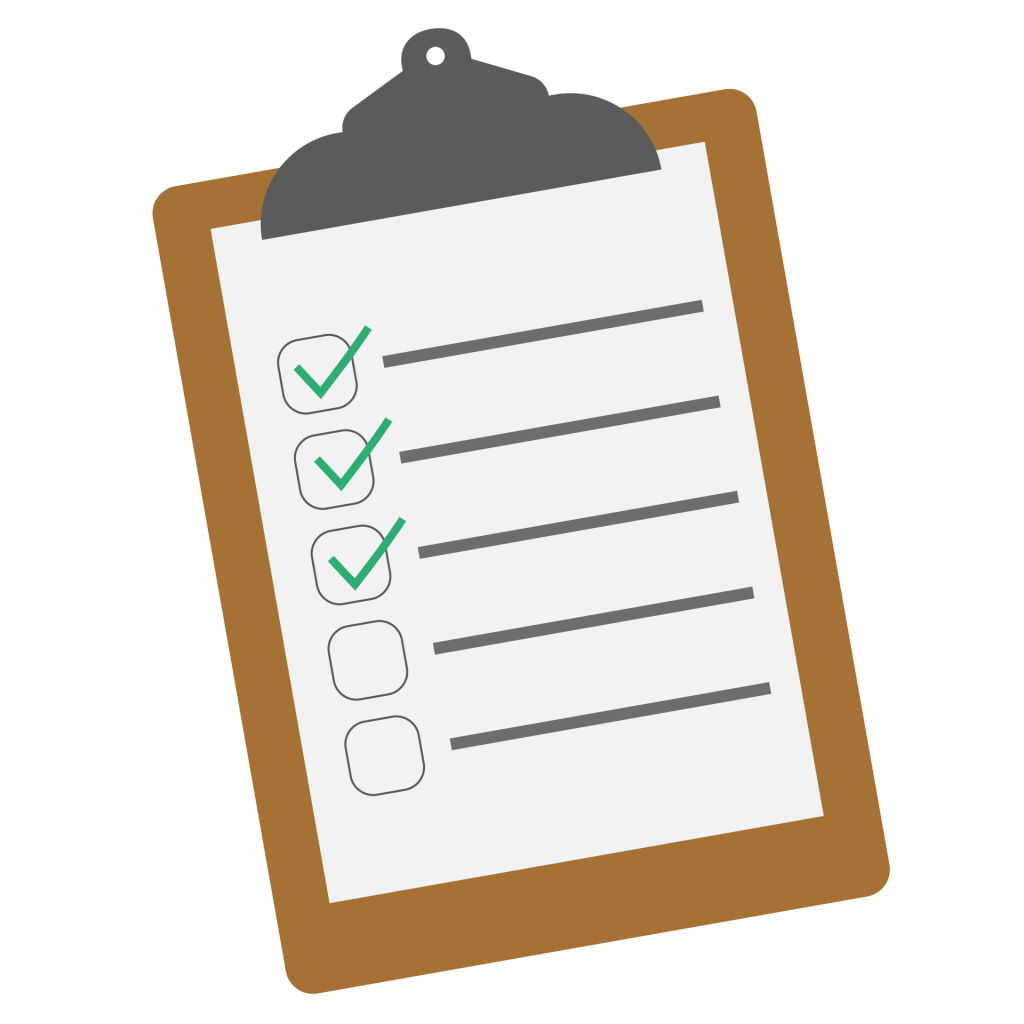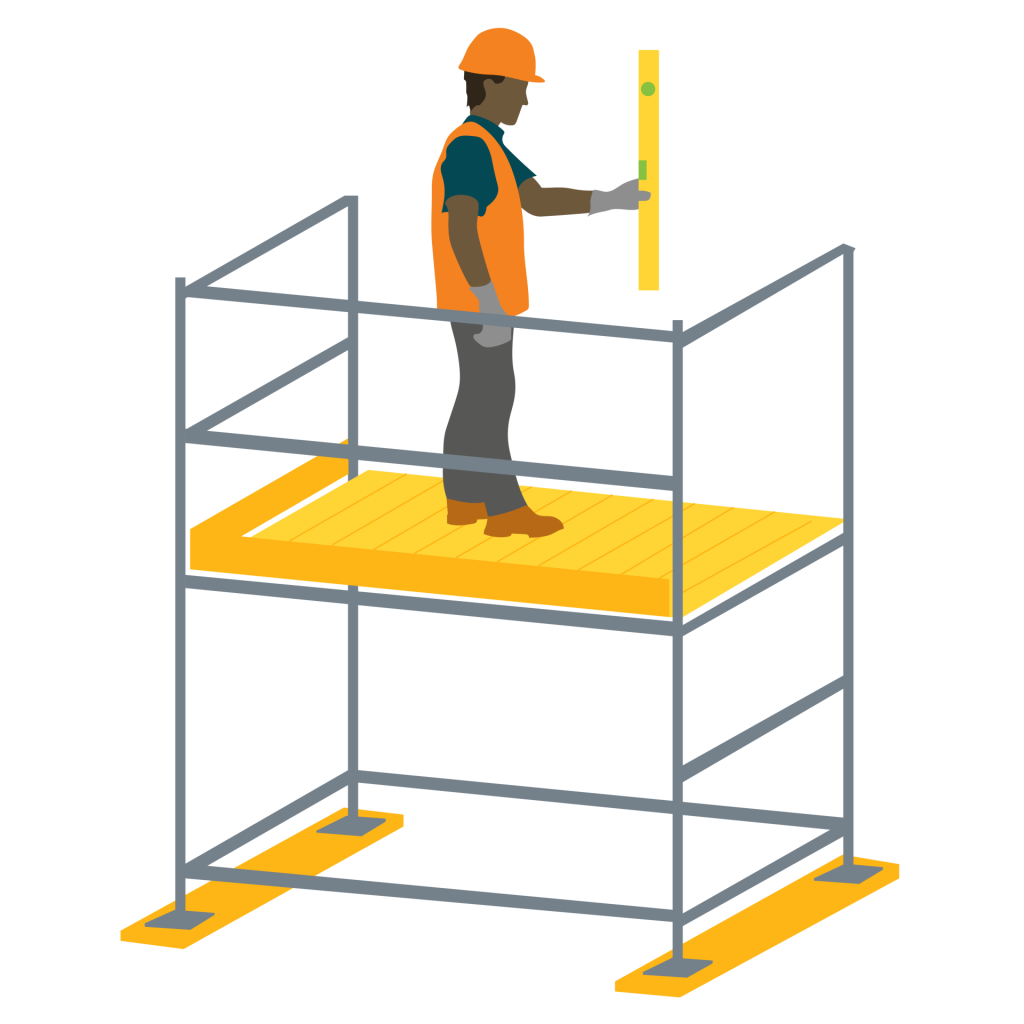How Taking Advantage of a PPM Checklist Will Improve Your Field Service Business
April 24, 2024 | Read: 10 minutes

Field service businesses need to be consistent across their operations if they want to develop processes that will help them expand operations, especially when it comes to performing maintenance.
If they aren’t, they can risk client relationships and create confusion among technicians…
Since a breakdown of customer equipment can lead to costly downtime – you need to have a plan in place that everyone on your team fully understands.
Thankfully, there are digital systems that unify your field service technicians by utilizing a PPM Checklist.
Keep reading to learn all about them!

What is Planned Preventative Maintenance (PPM)?
Planned preventative maintenance (PPM) is a proactive strategy for maintaining customer equipment or machinery.
This strategy involves using a PPM checklist to perform regularly scheduled inspections, servicing, or necessary repairs to prevent major breakdowns and provide the best possible performance.
Tip: You should have multiple PPM checklists accessible in your digital files for the most common jobs or tasks your technicians perform.
The Problems with a Reactive Maintenance Strategy
Instead of a PPM approach, many field service businesses rely on a reactive maintenance approach. This involves only addressing equipment problems when they arise.
Taking a reactive approach can lead to the following problems:
- Increased Downtime: Unexpected equipment failures disrupt work schedules and leave technicians on standby.
- Higher Repair Costs: Major breakdowns often require extensive repairs or equipment replacements, which can be costly to the business and customer.
- Unpredictable Budgets: Reactive repairs can strain budgets significantly, making financial planning difficult.
- Safety Concerns: Neglected equipment can pose safety hazards to technicians and customers, potentially leading to lawsuits.
What are the Key Components of a PPM Checklist?

If you’re ready to start building a planned preventive maintenance (PPM) checklist for your field service technicians, you’ll want to understand the key components:
Equipment Inventory and Identification
For each client or customer, it’s important to maintain an organized and updated database of the equipment or technology they have installed – including make, model, serial number, and location.
You can then easily access, log, and update the PPM checklist to reflect any maintenance details and notes about the job or customer assets.
On top of that, with field service inventory management software, the information will sync for your team across the company’s mobile devices.
Scheduled Inspection and Maintenance Tasks
The checklist should detail the specific tasks required for each piece of equipment at different intervals (daily, weekly, monthly, etc.).
These tasks could include changing filters, updating specific components, checking for leaks or wear and tear, and performing basic calibration procedures.
Replacement Parts and Materials Lists
Most PPM checklists should include a list of commonly required replacement parts and materials for each job that your business regularly performs.
While inventory may not be required in every scenario, a section on their checklist will ensure technicians always have or get the parts they need to perform the task at hand.
However, without proper inventory management, the team may have a difficult time finding the parts they need for a job. Or worse, they can lose unused parts in the van, which leads to increased costs and a disorganized warehouse.
Data Recording and Reporting Procedures
A complete checklist should specify how technicians need to record and report on their work. This can include any observations, extra tasks completed, or other information that might be relevant for the next technician who services their property.
If you have software that utilizes a reporting dashboard, once you collect and analyze enough data, your business will be able to identify any recurring issues and find trends in equipment performance.
10 Reasons to Implement a PPM Checklist
It’s a great feeling being able to trust your team of technicians and all the work they do.
But at a minimum, having a PPM checklist available is perfect for training new hires, documenting procedures, and so much more!
Below are 10 reasons why you should implement a PPM checklist for your field service business:
1. Minimizes Downtime and Service Disruptions
Having a planned preventative maintenance checklist allows you to proactively address potential problems through regular service visits.
This can lead to a significant reduction in unexpected failures and the number of emergency jobs you have to address.
If you can prevent breakdowns for your clients before they happen and minimize downtime, they’ll be thankful and praise your business with positive reviews online.
2. Lowers Repair Costs
Planned preventive maintenance is just that: preventive!
You’ll most likely still have to deal with fixing or repairing assets for clients on a regular basis.
But, if you can accurately monitor your clients’ systems, keep them healthy, and prevent major breakdowns, you’ll spend less time and money repairing neglected technology.
3. Improves Budget Predictability
By knowing the associated costs for each piece of equipment, businesses can allocate budget resources effectively and avoid financial strain caused by unexpected repairs.
For example, imagine a local plumbing company starts getting frequent work order requests from their maintenance agreement with the city regarding an old type of pipe bursting.
They can create a new PPM checklist for this specific type of job, and after collecting enough data, can use it to determine the average cost of replacing pipes and completing a repair.
This information can then be factored into the year’s overall budget to help identify and eliminate wasted cash.
4. Increases Technician Productivity
Consider a scenario where a field technician starts working on a scheduled maintenance task without using their checklist (because they’ve done it thousands of times).
But this time, they ended up spending an extra 30 minutes on-site because of a faulty tool. This happened because they overlooked the checklist step of checking the tool’s battery levels.
With the right software, they can be reminded and/or required to fill out a PPM checklist when arriving at and leaving job sites and avoid simple mistakes like forgetting to double-check the batteries.
This will increase overall technician productivity and keep them from second-guessing their actions on the clock.
Tip: Another way to lower costs and keep technicians on track for success is by taking advantage of tools like optimal routing and fleet management software.
5. Reduces Paperwork and Data Errors
If you’re still using pen and paper to document and record jobs, a digital system has many benefits that eliminate the common issues with physical methods.
With digital PPM checklists, you’ll also be able to store and reference any notes from all completed jobs starting day one of implementation.
This eliminates the need for manual data entry, reduces the risk of errors, and saves time for your office staff—streamlining your field and administrative processes.
6. Improves Service Quality
Delivering high-quality service is one of the most important factors when it comes to expanding and building a loyal customer base. With a PPM checklist, you can quickly enhance the customer journey and experience.
Field technicians require reliable tools and guidance when on-site to perform diagnostics and work at an efficient pace.
When the checklist includes checking the functionality and a plan from start to finish – they’ll be able to stay on task and provide the best possible customer service.
7. Prevents Accidents and Injuries

Even though most accidents are mistakes, negligence can pose safety hazards to your clients, technicians, and business as a whole.
A PPM checklist helps identify potential safety risks and confirms tools or technologies are functioning properly. Tasks like checking for loose connections, worn-out parts, and following proper safety procedures will help prevent accidents and injuries.
8. Boosts Compliance with Regulations
Most field service industries are governed by federal or state regulations and a PPM checklist can help businesses stay compliant with them.
Any checklist can be designed to include tasks that specifically address regulatory requirements, providing documented evidence of adherence to industry standards.
For example, a maintenance company that repairs medical equipment is required by law to perform specific maintenance procedures at regular intervals. A PPM checklist that aligns with these legal requirements can prove the company was compliant during inspections and audits.
9. Reduces Liability and Insurance Costs
By minimizing the risk of equipment failures and accidents, PPM checklists can help reduce a business’s overall liability. Fewer equipment failures translate to fewer potential incidents that could lead to lawsuits or claims.
This sort of proactive approach can lead to lower insurance costs, as insurance companies are willing to negotiate premiums with businesses that have strong safety records and preventative maintenance practices.
10. Improves Data Collection and Analysis
Michael Dell (the founder of Dell Technologies) stated in a LinkedIn article, “Companies will succeed and fail based on their ability to translate data into insights at record speed, which means enabling the movement of relevant data, computing power, and algorithms securely and seamlessly across the entire ecosystem.”
PPM checklists provide valuable data on equipment performance and maintenance history across your field service business. This data can be used to identify trends, analyze equipment lifespans, and make informed decisions regarding equipment upgrades or replacements.
A common real-world situation would be tracking the frequency of repairs needed for a specific piece of equipment. With enough information over time, field service companies can determine if it’s more cost-effective to invest in a newer, more reliable model or keep what they currently have.
Leveraging Commusoft to Manage Planned Preventative Maintenance Checklists
Implementing and maintaining effective PPM checklists can be a challenge, especially for businesses with large field service teams that are taking on commercial contracts.
Fortunately, with Commusoft (our all-in-one job management software) you can streamline this process and help optimize your day-to-day.
Here are a few more ways Commusoft can help transform your business:
- Automated Job Scheduling: Using job scheduling software to assign preventative maintenance tasks automatically based on technician skill sets, pre-defined intervals, or equipment usage data verifies critical maintenance tasks are never overlooked.
- Mobile Accessibility: Technicians can access PPM checklists and complete maintenance tasks directly on a field service mobile app. This eliminates the need for manual data entry and ensures real-time updates to maintenance records.
- Integrated Reporting: Generate comprehensive reports on equipment health, maintenance history, and technician performance. These reports provide valuable insights that can be used to optimize maintenance schedules, identify trends, and make data-driven decisions.
To quickly recap—a well-designed PPM checklist is a powerful tool for any maintenance business and by utilizing Commusoft to manage them electronically—field service teams can increase revenue while improving operational performance!

Anthony Vattimo
Thanks for checking out the Commusoft blog - I’ve been helping business owners improve their strategies for a few years now, so I hope you were able to take something away from the content I’ve written. Feel free to continue exploring the blog - or reach out to us with any questions!








